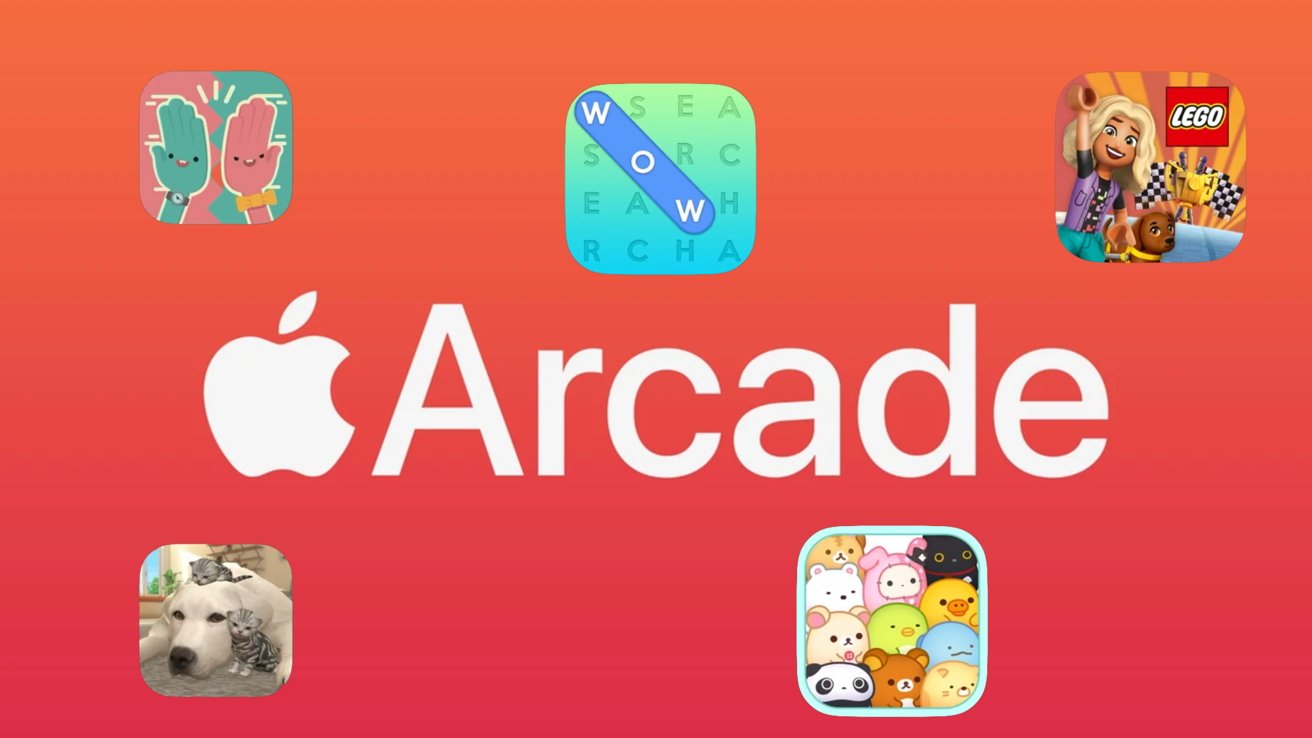Data Structures Tutorial: A Beginner’s Guide to Mastering the Basics
In the world of computer science, data is at the core of every application. From a simple calculator app to a complex search engine, how data is stored, managed, and accessed can significantly impact performance. That’s where data structures come in. If you’re new to programming or looking to strengthen your foundation, this Data Structures Tutorial will serve as a beginner’s guide to mastering the basics. What is Data Structure? Before diving deeper, it’s important to answer the question: what is data structure? At its simplest, a data structure is a method of organizing and storing data in a computer so that it can be used efficiently. Think of it like the different types of containers you might use in your kitchen—jars, boxes, baskets. Each is suited for storing certain types of items, and choosing the right one helps you stay organized and find things quickly. In the same way, a data structure helps your program manage and process information in an optimal manner. The better the data is organized, the easier it is for the system to perform tasks like searching, sorting, or updating values. Why Are Data Structures Important? Understanding and using the right data structure can be the difference between a program that runs smoothly and one that struggles under pressure. As programs grow in size and complexity, handling data efficiently becomes more critical. Poor choices in data structures can lead to wasted memory, slower performance, and even crashes in extreme cases. Moreover, most technical interviews and computer science courses place a strong emphasis on data structures. Being comfortable with them will not only improve your coding skills but also increase your confidence when solving real-world problems or applying for technical roles. Common Types of Data Structures This Data Structures Tutorial wouldn’t be complete without discussing the most fundamental types. While there are many advanced structures, here are the basic ones every beginner should understand: 1. Arrays Arrays are the most basic data structure. They store elements of the same type in a continuous block of memory. Imagine a row of lockers—each with a number and a place to store one item. Arrays allow you to access data quickly using an index number, but they are not flexible when it comes to resizing or inserting elements in the middle. 2. Linked Lists Unlike arrays, linked lists consist of nodes where each node points to the next one. This makes them great for inserting and deleting elements without shifting other data. However, finding a specific item can be slower since you have to follow the chain from the beginning. 3. Stacks Stacks follow a Last In, First Out (LIFO) principle. Think of a stack of plates—last one in is the first one out. This structure is often used for undo mechanisms in text editors, or for parsing expressions in compilers. 4. Queues Queues are the opposite of stacks in that they follow a First In, First Out (FIFO) principle. They’re similar to a line at a movie theater—the first person to arrive is the first to be served. Queues are commonly used in task scheduling and handling asynchronous data. 5. Trees Trees are hierarchical data structures with a root element and branches of sub-elements. This structure is especially useful for representing relationships, like family trees or file systems. Binary trees, where each node has at most two children, are a foundational concept used in many algorithms. 6. Hash Tables Hash tables use a key-value pair system to store data. They offer very fast access to data, making them a popular choice for applications like dictionaries, caches, and databases. However, they can be complex to implement correctly. How to Begin Learning Data Structures Learning data structures may seem intimidating at first, but with the right mindset, it becomes much easier. Start with understanding the concept behind each structure. Instead of memorizing how they work, try to think about why they exist and when they’re used. This will help you select the right structure when solving problems. Visual aids, diagrams, and real-world analogies can also help you grasp abstract ideas more easily. For instance, think of a queue as a line of people or a tree as an organizational chart. These comparisons can make complex structures more approachable. Practice is key. Try solving small problems that require different types of structures. As you become more familiar, you’ll start to notice patterns and develop an intuitive understanding of which structure is most effective for a given task. Final Thoughts Mastering data structures is one of the most important steps in becoming a proficient programmer. This Data Structures Tutorial has introduced you to the basic concepts and highlighted why they are essential in everyday programming. Whether you're building simple apps

In the world of computer science, data is at the core of every application. From a simple calculator app to a complex search engine, how data is stored, managed, and accessed can significantly impact performance. That’s where data structures come in. If you’re new to programming or looking to strengthen your foundation, this Data Structures Tutorial will serve as a beginner’s guide to mastering the basics.
What is Data Structure?
Before diving deeper, it’s important to answer the question: what is data structure? At its simplest, a data structure is a method of organizing and storing data in a computer so that it can be used efficiently. Think of it like the different types of containers you might use in your kitchen—jars, boxes, baskets. Each is suited for storing certain types of items, and choosing the right one helps you stay organized and find things quickly.
In the same way, a data structure helps your program manage and process information in an optimal manner. The better the data is organized, the easier it is for the system to perform tasks like searching, sorting, or updating values.
Why Are Data Structures Important?
Understanding and using the right data structure can be the difference between a program that runs smoothly and one that struggles under pressure. As programs grow in size and complexity, handling data efficiently becomes more critical. Poor choices in data structures can lead to wasted memory, slower performance, and even crashes in extreme cases.
Moreover, most technical interviews and computer science courses place a strong emphasis on data structures. Being comfortable with them will not only improve your coding skills but also increase your confidence when solving real-world problems or applying for technical roles.
Common Types of Data Structures
This Data Structures Tutorial wouldn’t be complete without discussing the most fundamental types. While there are many advanced structures, here are the basic ones every beginner should understand:
1. Arrays
Arrays are the most basic data structure. They store elements of the same type in a continuous block of memory. Imagine a row of lockers—each with a number and a place to store one item. Arrays allow you to access data quickly using an index number, but they are not flexible when it comes to resizing or inserting elements in the middle.
2. Linked Lists
Unlike arrays, linked lists consist of nodes where each node points to the next one. This makes them great for inserting and deleting elements without shifting other data. However, finding a specific item can be slower since you have to follow the chain from the beginning.
3. Stacks
Stacks follow a Last In, First Out (LIFO) principle. Think of a stack of plates—last one in is the first one out. This structure is often used for undo mechanisms in text editors, or for parsing expressions in compilers.
4. Queues
Queues are the opposite of stacks in that they follow a First In, First Out (FIFO) principle. They’re similar to a line at a movie theater—the first person to arrive is the first to be served. Queues are commonly used in task scheduling and handling asynchronous data.
5. Trees
Trees are hierarchical data structures with a root element and branches of sub-elements. This structure is especially useful for representing relationships, like family trees or file systems. Binary trees, where each node has at most two children, are a foundational concept used in many algorithms.
6. Hash Tables
Hash tables use a key-value pair system to store data. They offer very fast access to data, making them a popular choice for applications like dictionaries, caches, and databases. However, they can be complex to implement correctly.
How to Begin Learning Data Structures
Learning data structures may seem intimidating at first, but with the right mindset, it becomes much easier. Start with understanding the concept behind each structure. Instead of memorizing how they work, try to think about why they exist and when they’re used. This will help you select the right structure when solving problems.
Visual aids, diagrams, and real-world analogies can also help you grasp abstract ideas more easily. For instance, think of a queue as a line of people or a tree as an organizational chart. These comparisons can make complex structures more approachable.
Practice is key. Try solving small problems that require different types of structures. As you become more familiar, you’ll start to notice patterns and develop an intuitive understanding of which structure is most effective for a given task.
Final Thoughts
Mastering data structures is one of the most important steps in becoming a proficient programmer. This Data Structures Tutorial has introduced you to the basic concepts and highlighted why they are essential in everyday programming. Whether you're building simple apps or designing large-scale systems, a solid grasp of data structures will improve your problem-solving skills and set you apart in your coding journey.
So the next time you sit down to write a program, pause and ask yourself: what is data structure, and which one best fits my needs?




































































































































































![[The AI Show Episode 146]: Rise of “AI-First” Companies, AI Job Disruption, GPT-4o Update Gets Rolled Back, How Big Consulting Firms Use AI, and Meta AI App](https://www.marketingaiinstitute.com/hubfs/ep%20146%20cover.png)


















































































































































































.jpg?width=1920&height=1920&fit=bounds&quality=70&format=jpg&auto=webp#)























































































_Brian_Jackson_Alamy.jpg?width=1280&auto=webp&quality=80&disable=upscale#)

_Steven_Jones_Alamy.jpg?width=1280&auto=webp&quality=80&disable=upscale#)


 Stolen 884,000 Credit Card Details on 13 Million Clicks from Users Worldwide.webp?#)








































































































![Google Mocks Rumored 'iPhone 17 Air' Design in New Pixel Ad [Video]](https://www.iclarified.com/images/news/97224/97224/97224-640.jpg)

![Apple Shares Official Teaser for 'Highest 2 Lowest' Starring Denzel Washington [Video]](https://www.iclarified.com/images/news/97221/97221/97221-640.jpg)





































































































